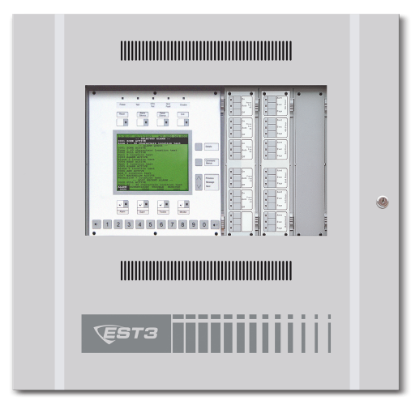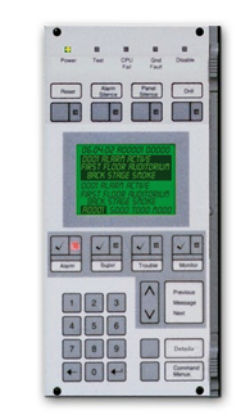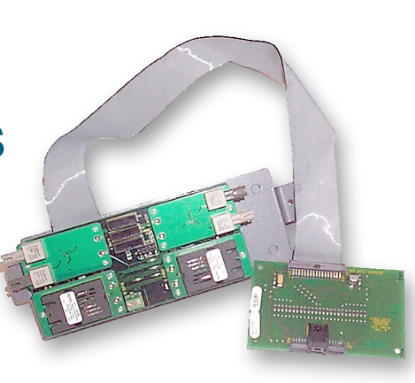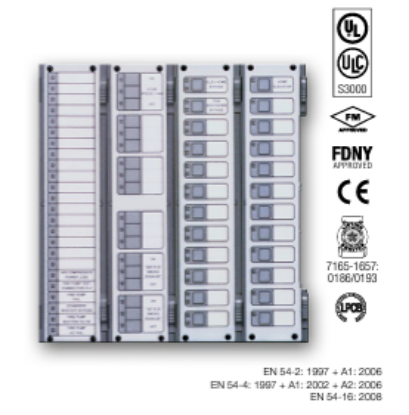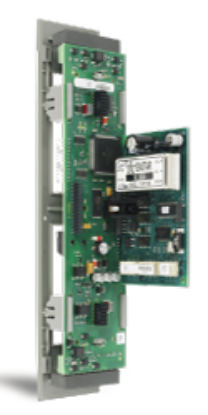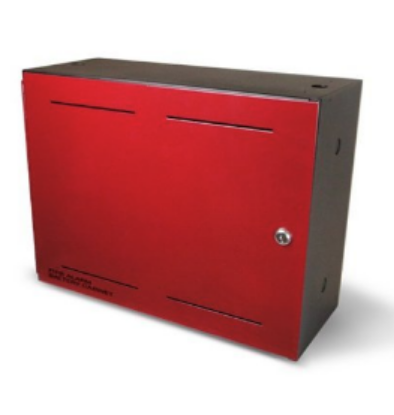You have no items in your shopping cart.
Filter by price
Filter by manufacturer
ELV - Low Voltage Systems
Extra low voltage (ELV) means voltage of 50V or less (AC RMS), or 120V or less (ripple-free DC). Low voltage (LV) means voltage greater than ELV, but not more than 1000V (AC RMS) or 1500V (ripple-free DC). High voltage (HV) means voltage greater than low voltage.
ELV Systems. ELV (Extra-Low Voltage) systems require low electricity supply voltage to operate, with low risk of electrical shock.
ELV covers all the new modern technologies that are increasingly becoming must-have systems in every building such as data network, CCTV, fire alarm systems, public address systems, audio/video solutions, access control and intrusion detection systems, home automation, and much more!
3-CAB7B
EST3 has a wide selection of cabinet arrangements allowing the greatest use of EST3’s flexible modular design. Lobby enclosure wallboxes are manufactured from #14 AWG cold rolled steel with a gray baked enamel finish. Lobby enclosure doors are manufactured from #14 AWG cold rolled steel and have a modern contoured door design with integral viewing window. The exception is the small lobby enclosure 3-CAB5. The 3-CAB5 wallbox and non-contoured door are #16 AWG cold rolled steel. Lobby enclosure doors come with gray baked enamel or optional red baked enamel finishes. The EST3 lobby enclosures back boxes, doors and chassis units are ordered and shipped separately. The 3-CAB5 lobby enclosure comes complete with door and back box providing space to mount five local rail modules. The EST3 remote closet cabinet design allows the installation of control panel electronics in electrical closets. The remote closet cabinets have left hand hinged doors and are available with red finish only. Optional display modules used for system diagnostics display, mount behind the closet cabinet door and are not visible with the door closed.
935.00 (AED)
Liquid Crystal Display Module 3-LCD
The Main Display interface is the primary user interface in the EST3 Life Safety System. The main display interface focuses on the emergency user by putting information important to the user up front. Hands free, the first highest priority event is shown. The display always gives the last highest priority event. Arriving at the panel and without opening the door the first and last alarm is given. Simple to understand lights and switches help the emergency user execute system commands with confidence. A menu system supports maintenance functions such as disables or reports for use by staff or service personnel.
374.00 (AED)
Fiber Optic Communications Interface 3-FIBMB2, SMXLO2, SMXHI2, MMXVR
Standard Features • Class B or Class A or Class X network data connections • Class B or Class A or Class X audio data connections • Node to node distances: Multi-mode: Up to 8,000 ft. (2.4 km) using multi-mode fiber Single-mode high power: Up to 24.85 mi (40 km) using single mode fiber driver - model SMXHI2 Single-mode low power: Up to 8.7mi (14km) using single mode fiber driver- model SMXLO2 • Built-in test signal • Secondary power input • Transition from copper to fiber on same network • Transition from single to multi-mode fiber on same network
150.00 (AED)
Control Display Modules 3-LDSM, 3-24x series, 3-12xx series, 3-6/3S1xxx series
Standard Features • Programmable LED flash rates • Membrane style tactile pushbuttons • Software supported for toggle, and latching interlock switch action • Slide in labels • Lamp test
319.00 (AED)
Signature Driver Controller Modules 3-SSDC2, 3-SDDC2, 3-SDC1
Standard Features • One or two circuit versions • Dedicated microprocessor control • Full digital communication • Specialized communication protocol – Less sensitive to cable characteristics – Utilize existing wiring in most applications • Device location supervision – Unexpected additional device addresses – Missing device addresses – Switched device locations – Programmed device parameters • Automatic nonvolatile as-built mapping – Stores “actual” and “expected” device data – Stores physical connection sequence including “T” taps • Automatic day/night sensitivity • Supports up to 250 intelligent Signature detectors and 250 Intelligent Signature Modules • Up to five 3-SDDC2s or ten 3-SSDC2s per node – Maximum of 10 signature circuits per cabinet • Removable field wiring terminal blocks • Multiple survival modes — stand alone • Fully backward compatible with 3-SSDC, 3-SDDC, 3-SSDC1, and 3-SDDC1 • Supports the full line of Signature devices, including carbon monoxide detect
1,875.00 (AED)
BC-1R BC-1R EBPS Series Battery Cabinet, holds up to 2 - 40 Amp Hour batteries, red surface BC-1R | ED-BC1R
The Edwards EBPS Series Booster Power Supply is UL 864, 9th Edition listed. It is a 24V DC filtered-regulated, and supervised unit that can easily be configured to provide additional notification appliance circuits (NACs) or auxiliary power for Mass Notification/ Emergency Communication (MNEC), as well as life safety, security, and access control applications. The EBPS contains circuitry to monitor and charge internal or external batteries. Its steel enclosure accommodates up to two 10 amperehour batteries. It has four Class B (convertible to two Class A) NACs that can be activated in one or two groups from its unique dual input circuits. The EBPS is available in 6.5 or 10 ampere models. Each output circuit has a capacity of three amperes
845.00 (AED)


